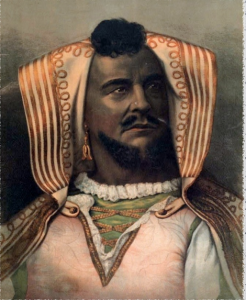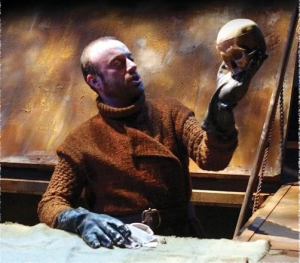Analysis of Business Problems is offered in the first semester of the full time MBA program with approximately 24 sessions including two sessions during the orientation days of the program. The course is based on the case method and is, in fact, used as an introduction to the case method itself. The methodology taught during the sessions is a six step process for taking decisions in a business context developed largely by Juan Antonio Perez Lopez and other IESE professors over the last 50 years. Students are required to write two term papers as part of the course in which they present a deep case analysis using the Six Step Process.
The same course is offered in a more condensed format in IESE’s Global Executive MBA and Executive MBA programs.
In Executive programs the course material is sometimes condensed to a lecture and case study where the six step process is introduced and then participants work in groups to apply the process to a specific case study or their own business problems prior to discussing all together. In this context, the basic idea is to explore the role of a Manager and to distinguish a Manager from a technician.
 William Shakespear has two characters, Hamlet and Othello who each exemplify an extremes of managerial stye that the course, in whatever format, works to highlight. Hamlet has trouble making the decision to avenge his father’s murder and much of the play revolves around his search for “more data”. Many Managers also fall prey to this idea sometimes called “analysis paralysis”. Othello is at the opposite end of the extreme and is a man of action. When presented with highly suspect data he makes no attempt at deep analysis and instead acts on the evidence presented by Iago to tragic consequences.
William Shakespear has two characters, Hamlet and Othello who each exemplify an extremes of managerial stye that the course, in whatever format, works to highlight. Hamlet has trouble making the decision to avenge his father’s murder and much of the play revolves around his search for “more data”. Many Managers also fall prey to this idea sometimes called “analysis paralysis”. Othello is at the opposite end of the extreme and is a man of action. When presented with highly suspect data he makes no attempt at deep analysis and instead acts on the evidence presented by Iago to tragic consequences.
The idea behind the course is to encourage participants to reflect on their own style and encourage the Hamlet like people to take action and the Othello style Managers to look a bit deeper at complex problems before jumping to conclusions.


